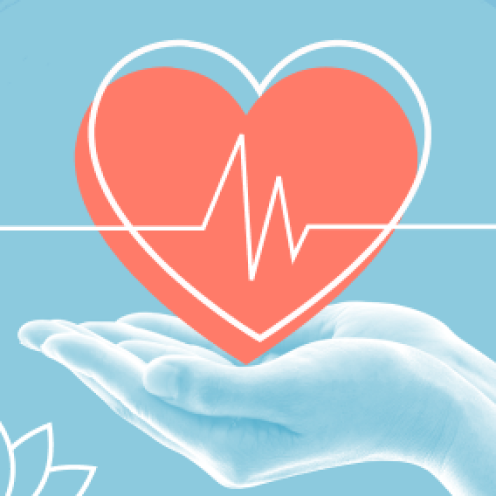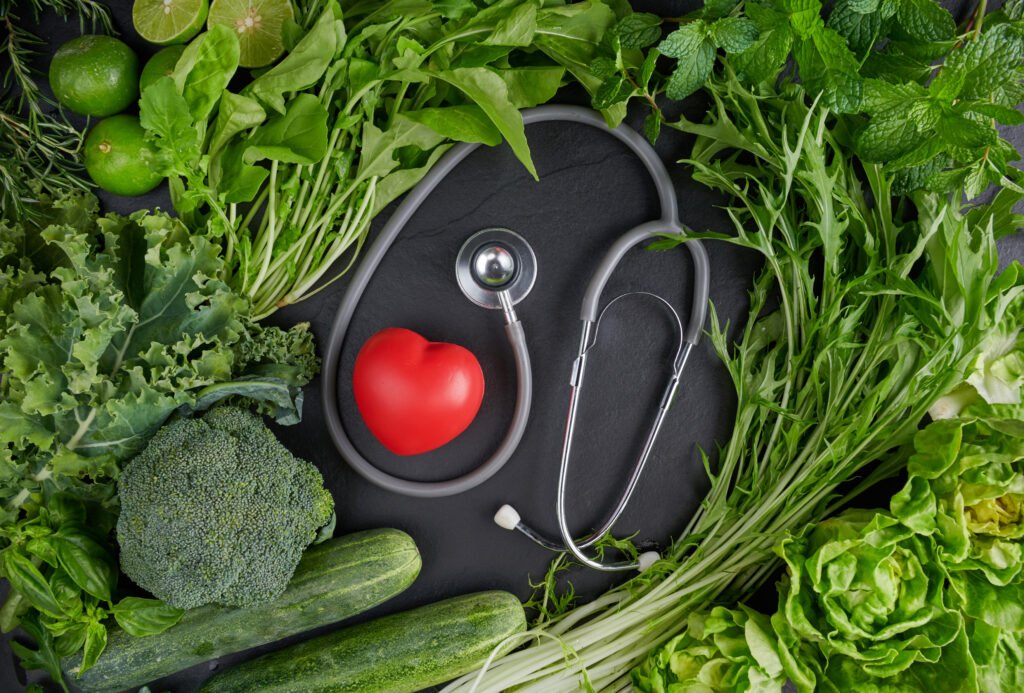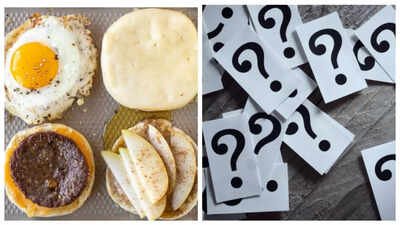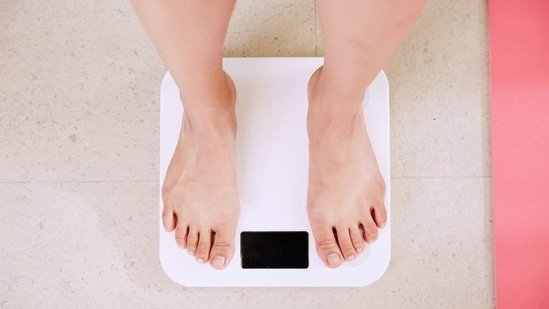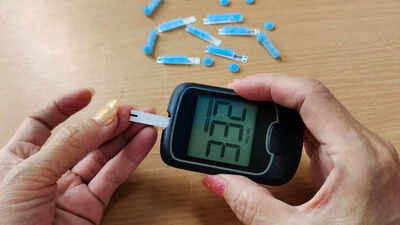
Many people assume that only sugary treats like chocolate, cakes, or pastries cause blood sugar spikes, but research and expert insights reveal otherwise. Seemingly healthy foods, particularly popular breakfast choices, can raise glucose levels just as quickly, or even more than dessert. Endocrinologist Dr Alessia Roehnelt, who shared her advice on Instagram, highlights foods such as instant oatmeal packets, oatmilk lattes, and acai bowls as common culprits of rapid blood sugar rises. She also provides practical tips to make these meals more balanced and blood sugar-friendly. Understanding how these foods affect glucose levels is crucial for maintaining steady energy, avoiding mid-morning crashes, and supporting long-term metabolic health. Making informed breakfast choices can help sustain focus, mood, and overall wellness throughout the day.
Healthy breakfasts that can spike blood sugar and how to make them safer
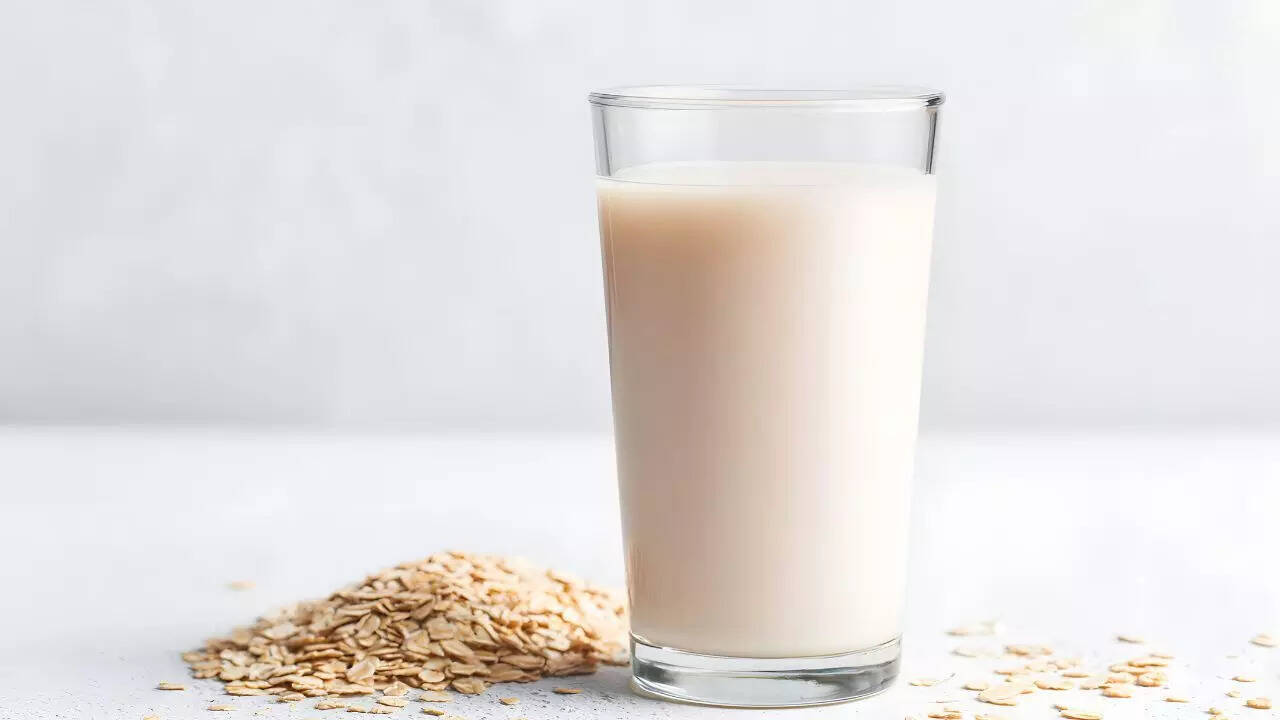
Oats are widely regarded as a healthy breakfast choice, but not all oats have the same effect on blood sugar. Instant oatmeal packets, in particular, are highly processed and digest quickly, resulting in a rapid rise in glucose levels. According to Dr Roehnelt, the glycemic spike from instant oatmeal can reach between 79 and 83, which is considerably higher than that of a chocolate treat.To reduce this impact, she recommends preparing oatmeal with milk instead of water. The addition of protein and fat slows sugar absorption, helping to stabilise blood sugar levels. Including toppings like nuts or seeds can further improve the nutritional profile, providing sustained energy throughout the morning.Oatmilk has become a trendy alternative to dairy milk, especially in lattes, but it can raise blood sugar rapidly. Enzymatically broken down oats in oatmilk give it a high glycemic index, and sweeteners often added to coffee drinks can exacerbate the spike. Dr Roehnelt notes that a typical oatmilk latte can produce a blood sugar rise of 65–75, a moderate to high increase.To make the drink healthier, she suggests swapping oatmilk for almond milk, which has a lower glycemic index. Pairing the latte with a protein source or avoiding extra sweeteners can further help maintain stable glucose levels. This simple adjustment makes a morning coffee far more blood sugar-friendly without sacrificing flavour.Acai bowls are frequently seen as a superfood breakfast, topped with fruits, granola, and sometimes juice. However, their high fruit-to-protein ratio, combined with sweet toppings, can result in one of the highest blood sugar spikes, ranging from 70 to 90 on the glycemic index.Dr Roehnelt recommends adding protein or healthy fats to make acai bowls less likely to cause a rapid sugar spike. A scoop of yoghurt or a handful of nuts slows digestion, moderates blood sugar rise, and helps sustain energy. This adjustment transforms a visually healthy breakfast into a more balanced meal.
The impact of high-glycemic breakfasts on blood sugar and health
Regularly consuming high-glycemic foods, even those perceived as healthy, can lead to sharp blood sugar fluctuations. After the initial spike, blood sugar often crashes, leaving one feeling fatigued, unfocused, and irritable. Over time, repeated spikes may contribute to insulin resistance and increase the risk of type 2 diabetes.A study published in Frontiers in Nutrition examined the effects of low-glycemic index (LoGI) diets compared to high-glycemic index (HiGI) diets on insulin resistance in adults without diabetes mellitus. The study found that LoGI diets are associated with decreased insulin resistance and are an effective strategy for controlling postprandial glucose levels. This suggests that regularly consuming high-glycemic foods, even those perceived as healthy, can lead to sharp blood sugar fluctuations, contributing to insulin resistance over time. Being aware of the glycemic impact of your breakfast foods allows you to make informed choices. Substituting instant oats with steel-cut or rolled oats, choosing low-glycemic milk alternatives, and pairing fruits with protein or fat can help stabilise glucose levels throughout the day, reducing energy crashes and supporting long-term health.
Making healthy foods blood sugar-friendly
Not all healthy-looking foods affect blood sugar equally. Simple modifications can make a substantial difference:
- Instant oatmeal: Prepare with milk and add protein or fat to slow sugar absorption.
- Oatmilk latte: Switch to almond milk and avoid added sweeteners.
- Acai bowl: Incorporate yoghurt or nuts to reduce the glycemic impact.
By making these adjustments, even trendy or processed health foods can become part of a blood sugar-conscious diet. Understanding how different foods affect glucose levels allows for better meal planning, sustained energy, and improved metabolic health. Seemingly healthy breakfast options like instant oatmeal, oatmilk lattes, and acai bowls can raise blood sugar more than chocolate cake. Endocrinologist Dr Alessia Roehnelt emphasises that small changes, such as adding protein, using lower-glycemic milk, or including healthy fats, can transform these foods into balanced meals. Being mindful of blood sugar responses ensures that ‘healthy’ foods remain genuinely beneficial, keeping energy stable and supporting overall wellness.Disclaimer: This article is for general informational purposes only and is not a substitute for professional medical advice, diagnosis, or treatment. Always seek the guidance of a qualified healthcare provider regarding any medical condition or lifestyle change.Also Read: Healthy Diwali sweets recipes for diabetics and blood sugar control



